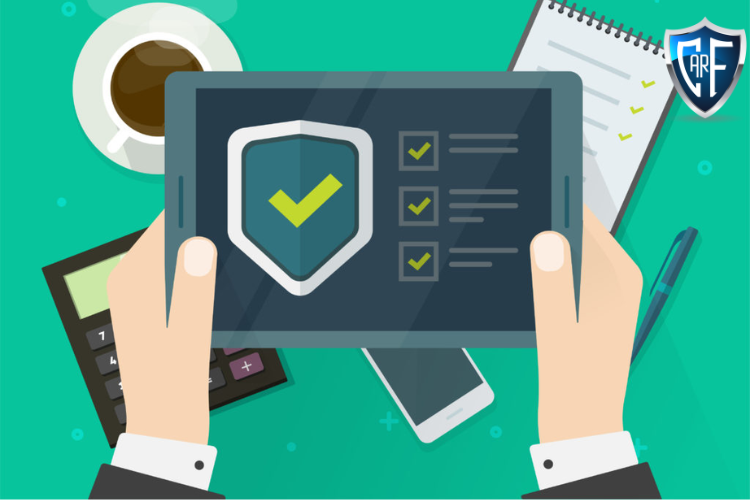Virtual Private Networks: Boosted The Business Security To The Next Level
In this technologically advanced world where everything is online, safety and security are things that can’t be overlooked.Be it using the latest technologies, tools, accessories, digital platforms, or social media, dealing with any online business, using networks, or taking internet connections, safety has become essential in every segment.And this is where many of you have come across VPNs, Virtual Private Networks.Virtual Private Network is the opportunity to establish a protected network connection while using public networks. It is a kind of barrier or a protection shield that disguises the online identity making it difficult for third parties to track your activities and opt for data breaching. It has been reported that the VPN industry is expected to reach $31.1 billion this year, increasing its popularity to its peak.VPN tends to avoid cyber threats, and data breaches have been avoided at a more significant level which is why more than 31% of all internet users rely on VPN services.VPN is directly correlated to the internet. As we know, it is hard to imagine a world without the internet. Everything around us needs internet connectivity to run. Therefore to make internet usage more secure and safe, VPN comes into play. And the primary use of VPN is by businesses who want to stay ahead of the competition and don’t let them know their loopholes.Businesses across the globe make sure to keep their customer, work, and data stacked and private, protecting them from predators. VPN, in that case, helps them to secure their systems.Let’s dig more to know more about how VPN is boosting businesses to the next level.How Does a VPN Work?When it comes to working with a VPN, then a “Virtual Private Network” is a kind of network that hides the IP address by allowing the network redirection through a specially configured remote server run by a VPN host.When you surf anything online using a VPN, the server becomes the source of the data which means the data is going through the server. And, with this, third parties or other internet service providers cannot see the data being analyzed, surfed, or stored. The VPN becomes the source and protects your information or activity from breaching by another party who try to hack you.And the popularity of VPNs can be visualized by a report that states some 54% of all desktop VPN users and 57% of mobile VPN users use the service to protect their devices on public Wi-Fi, making them the best among all.Benefits of Having a VPN NetworkAccording to a report given by Data Prot, 26% of internet users have used a VPN at least once, making it a desirable trend for the upcoming future. Now, after you are well aware of the VPN network and know they will help protect your business on another level.It would help if you planned to adopt it for your businesses to stay compatible in the modern world. But still, if you are pondering over the thought of VPN, here are some advantages to the lookout.Secure EncryptionWhatever the data comes in to read it, you need encryption. Without encryption, it is impossible to read the data, and it will take millions of years for a system to decipher code in the event of a brute-force attack. But when you install the VPN network, you can hide your online activities done on a public network.Nullify Your WhereaboutsVPN comes into play when they act as proxies on the internet. Yes, because the demographic locations that need to be analyzed by third parties can be avoided. As with VPN servers on your side, your location can be disguised easily as the servers do not store logs.And as it is not storing the logs, it will not record the behavior of the user and prevent its passage to other parties who are trying to find your location while using the internet.Access to Regional ContentThere is some content or information that is not easily accessed from everywhere. Thereby, in that case, VPN servers come into play. Such servers help in location spoofing, where you can change your location. Regional web content is not always accessible from everywhere.It is reported that VPN provides access to around 23 percent of restricted sites.Some services and websites contain content that can only be accessed from limited parts of the world. And with a VPN, you can increase the regional area to check the content and access it from anywhere at any time.VPN and its Banning ScenarioVPN has come out to be a progressive option for the business industry in boosting their security. The businesses that were not considering the security within their systems have reconsidered it after the VPN launch. But if we talk about the current scenario, then a country like India is looking to ban VPNs.Yes, In August, a parliamentary committee in the country was held giving the suggestion that all the home ministries should ban the usage of recommended virtual private networks (VPN). With the banning idea, a lot of challenges and problems are on the way for businesses, and people are not able to digest them.As the business industry is likely to face challenges in the coming future as they are being benefitted the most through this technology amid the pandemic. Therefore, the business does not want a banned scenario at all.However, there is a reason why parliament is stating VPN banning as they find it less secure to transfer data through a VPN. According to them, the VPN server would likely give opportunities to criminals to remain anonymous online, helping them to gain important information which they will use for illegal purposes.CK the content and access it from anywhere at any time.
Read More

.png)
.png)


